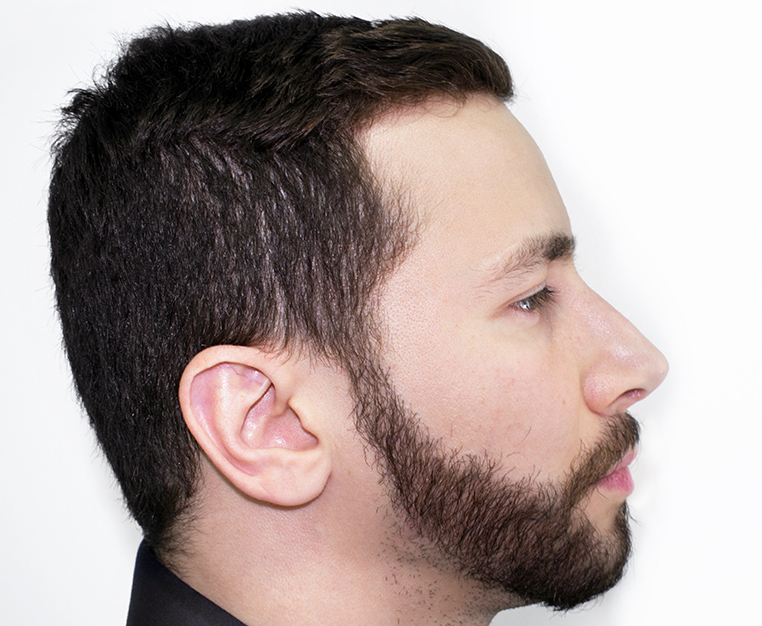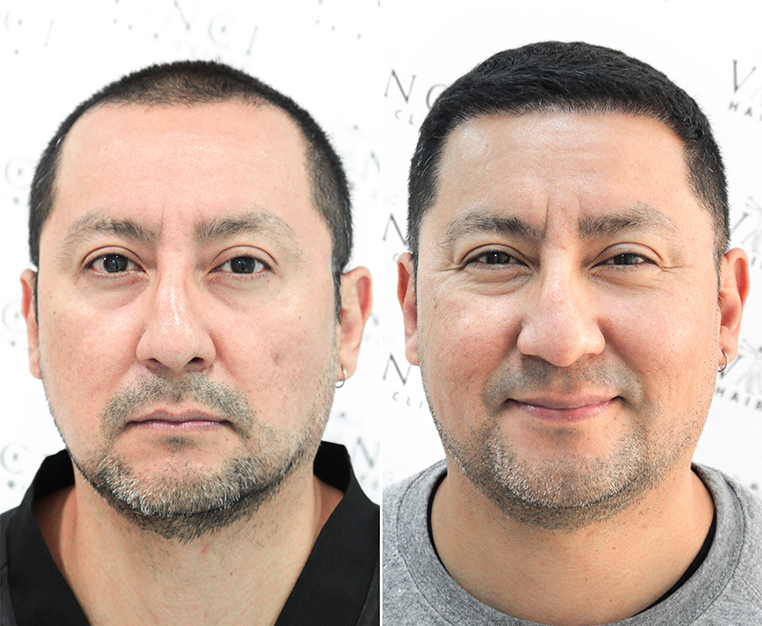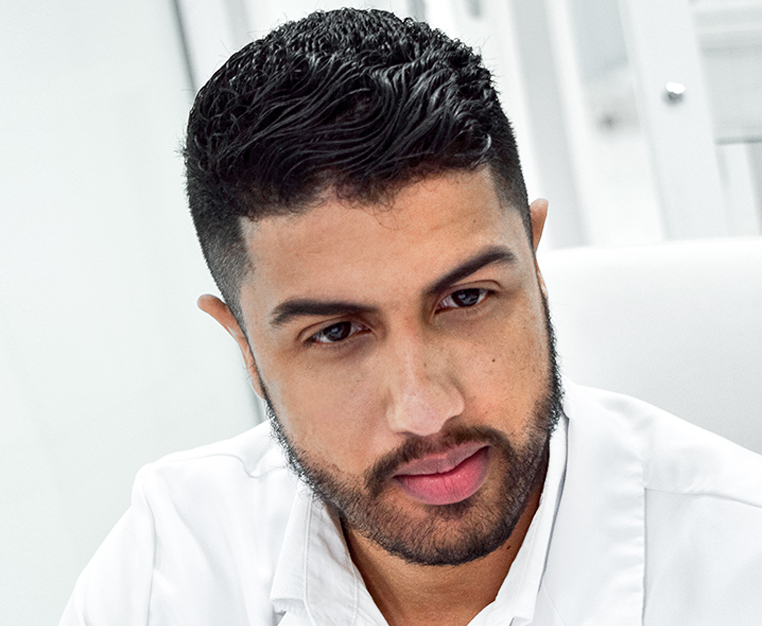Interesting fact: more men sign up for hair transplants around the world every year than women. Is that because baldness is more prevalent in men than women? In part, yes. Something like 70% of males will experience permanent hair loss in their lifetime as against 40% of women. For that reason alone, you’d expect to see more men having hair transplants. That’s not the only factor, however. Hair transplants are a bit more complicated for women than they are for men, for reasons we’ll come to shortly, but does that mean female hair loss is a tougher nut to crack than baldness in men?
This article is going to look at the causes of female pattern hair loss (FPHL) and consider some of the ways to stop the thinning and stimulate hair regrowth. Keep reading!
FPHL Stages
FPHL affects millions of women. Like male pattern baldness, FPHL is a type of androgenetic alopecia but, unlike its male equivalent, it rarely results in large areas of baldness. Instead, women experience a more dispersed thinning across the scalp.
Three separate stages of FPHL have been identified. Stage one often involves thinning at the temples and around the part. Stage two sees this thinning spread out from the part to encompass the scalp area around it. Stage three is overall thinning, often with see-through areas at the top of the scalp.
Causes
As with most types of hair loss, FPHL has many causes. The blame may lie with your DNA, for example. Your genetic inheritance may mean that your hair growth cycle is pre-programmed to have a shortened anagen phase. This means there is a longer gap between hair shedding and regrowth and replacement.
FPHL can happen at any age but most frequently occurs when women reach their middle years. Hormonal changes brought on by ageing are often responsible. When women hit menopause, they experience a relative increase in androgens because of the dramatic fall in their oestrogen and progesterone levels. That’s a triple whammy; not only are androgens linked to hair loss, but oestrogen and progesterone stimulate hair growth.
Other potential causes include nutritional deficiencies. When important vitamins and minerals are in short supply, your brain ensures that your vital organs still get what they need. That means your hair follicles go without the nutrients they need to produce thick, healthy hair. While nutritional deficiency isn’t that common, figures show that over 50% of women suffer from iron deficiency.
More Difficult to Treat?
So, is FPHL more difficult to treat than male baldness? We mentioned hair transplants at the start, so let’s look at those. With male baldness, there are clearly defined balding and donor areas. As FPHL is more of an overall thinning, that clear definition is absent. This makes female hair transplants more difficult (but not impossible).
Keep in mind, however, that hair transplantation is only one of many hair treatment options, most of which work equally well for women as for men. Medications such as minoxidil are one example. Other effective treatments include platelet-rich plasma (PRP), mesotherapy, micro scalp pigmentation (MSP) and laser caps. These can all provide effective treatments for most stages of hair loss, either as standalone remedies or in combination with each other.
Lifestyle
Lifestyle changes are also a way of addressing FPHL. Our hair follicles need a constant source of nutrients if they are to produce healthy hair, so a well-balanced diet featuring the correct blend of vitamins, minerals and proteins is essential. Activities that harm the circulatory system (smoking and drinking excessive quantities of alcohol, for example) should be avoided; there’s little point in eating the correct nutrients if you’re going to block off their route to the hair follicles by harming the blood vessels that carry them.
Tackling stress is important, too. Stress is linked to higher corticosterone levels that can push a greater proportion of your hair follicles into the resting phase of the growth cycle. This is known as telogen effluvium. Moderate exercise is a good stress buster. You don’t have to take out gym membership or put yourself in debt buying flashy sports gear, either. A brisk walk every day will keep you physically and mentally in good shape.
Conclusion
If you’re concerned about hair loss or thinning, there’s no time to lose. Research has shown that hair loss is tackled most effectively when it’s diagnosed in its early stages. That being so, why would you want to delay?
Vinci Hair Clinic has the experience and resources to help. We are one of the largest hair restoration organisations in the world, with clinics scattered across many countries. We offer an unrivalled range of hair treatments and products. Plus, we offer a free, no-obligation consultation to all our new clients. This can take place at one of our clinics or over the phone using WhatsApp, whatever suits you best. Get in touch and make an appointment today!





